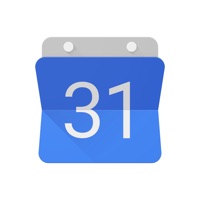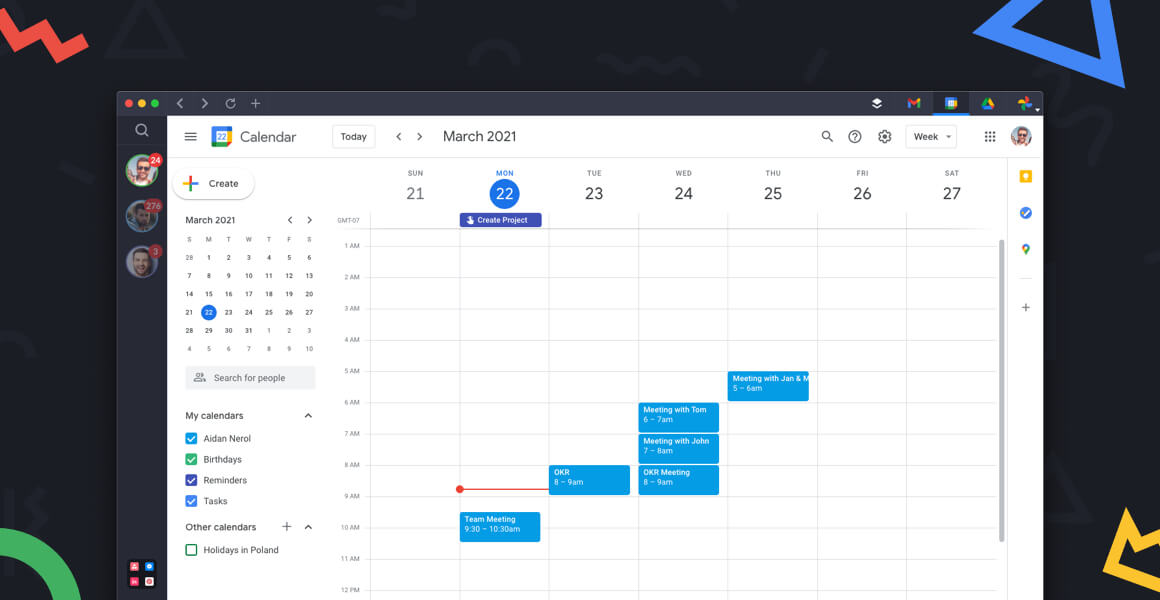


Another window will appear, choose the source or where your 3rd party calendar will be coming from (i.e Outlook, Gmail, etc.).Once you are in your Calendar app, click the gear icon ( Settings) from the bottom portion of this window.Make sure you have a steady Internet connection.You can also choose to add your 3rd party calendar to your Windows app Calendar and sync both of these. You may add more categories under My Calendar and assign them their each unique color code.However, all your calendar event will have the same font color.
Now you can create your calendar event with that color.Click it and choose the color you desire. There should be a drop-down option beside it. Once it opens up, you will see the Calendar option from the left portion of your screen.In order to have your new event color coded, you may follow these steps: You just need to right-click the shortcut and select Pin to taskbar or Pin to Stat.We appreciate you posting your concern here in the Community forum. You can also pin the shortcut to taskbar and start menu if you need. Step 3: In the pop-up window, check Open as window and click Create.Īfter the operation, you can double-click the Google Calendar desktop icon to open it next time. Step 2: Click the three dots icon to open the menu, and then select More tools > Create shortcut. Step 1: Open Google Chrome and go to Google Calendar. Here is how to make Google Calendar desktop shortcut. In this way, you can navigate to the web page quickly. It offers a feature for creating a shortcut on desktop of any page. Google Chrome is a popular web browser provided by Google. Method 1: Create a Google Calendar Shortcut via Google Chrome In the following contents, you will learn about some ways to use Google Calendar for desktop. Some users are wondering how to put Google Calendar on desktop Windows 10. Changes in the calendar will be synced to all the devices which are logging in with the same Google Calendar account. It allows users to create and edit events. Google Calendar is a time-management and scheduling calendar service developed by Google and released in 2006.



 0 kommentar(er)
0 kommentar(er)
